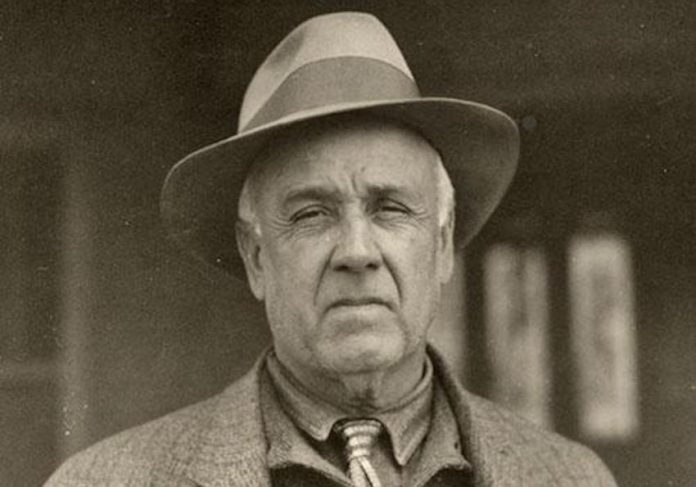Although their names may not be well known outside of Mexico, many Mexicans have been instrumental in the creation of inventions that have changed lives around the world. These developments in medicine, technology and aeronautics are often believed to have originated in other countries but were in fact invented by people from Mexico.
Chemist Luis Miramontes was still a college student at Mexico’s Syntex Corporation that discovered how to synthesize the synthetic hormone norethisterone, paving the way to the creation of the world’s first oral contraceptive pill. Guillermo González Camarena was just 23 years old when in 1940 he received the world’s first patent for a color television system.
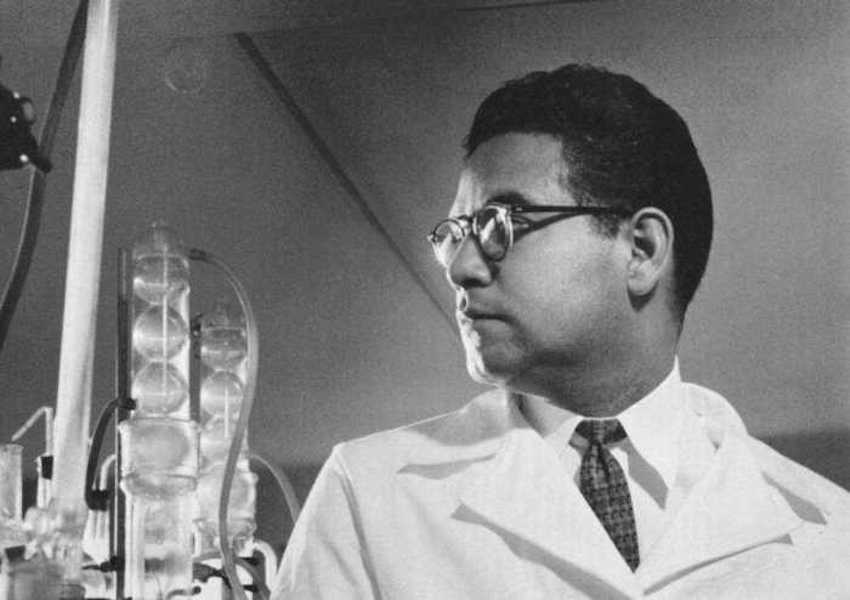
But perhaps the most fascinating and prolific Mexican inventor was Victor Ochoa. A multifaceted character, Ochoa was by turns an inventor, revolutionary, journalist, union organizer, miner, business owner and a fugitive from the law in both Mexico and the United States.
Ochoa was born in Ojinaga, Chihuahua in Mexico but was raised in El Paso, Texas. In 1889 he obtained U.S. citizenship and began a life of political and social activism. In 1891, he held a meeting where he delivered a speech about the need for self-protection and fair wages to a group of 300 Mexicans living in El Paso. At the same time, he helped organize La Unión Occidental Mexicana to preserve Spanish as a language and promote cooperation and support among the Mexican community.
When he discovered that Mexican President Porfirio Díaz had ordered the confiscation of land owned by his family in Chihuahua, Ochoa became a revolutionary. Believing the Porfirio Díaz regime to be a monarchy, Ochoa decided that Díaz needed to be overthrown.
Ochoa organized his own army of several hundred Mexicans living in El Paso and led what may have been the earliest uprising against Díaz. He and his men would go back and forth between El Paso and Chihuahua, attacking federal soldiers. On one of their raids, he and his rebels were ambushed by Díaz’s army, who killed most of his men and arrested Ochoa.
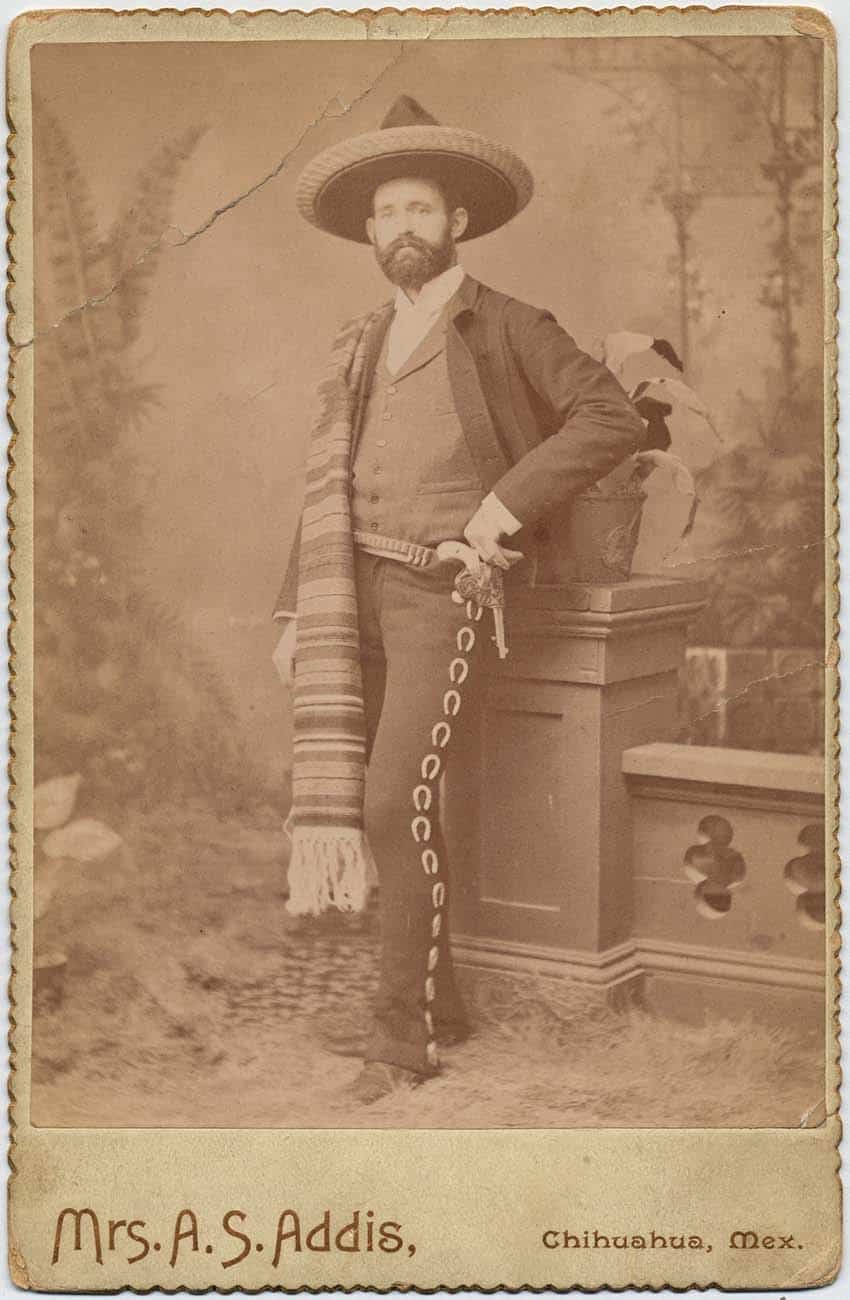
Historians believe that he escaped by stealing a military uniform. Ironically, however, Diaz’s soldiers mistook him for a deserter and chased him for 300 treacherous miles through the mountains until he finally eluded them.
Díaz offered a $50,000 peso reward for Ochoa’s capture, dead or alive. Evading bounty hunters, Ochoa took refuge in Fort Stockton, Texas, but was eventually arrested by American authorities for violating U.S. neutrality laws. He got himself acquitted and returned to the border to resume his insurgent activities.
Although he was continuously on the run, evading arrest on both sides of the Rio Grande, Ochoa declared to the U.S. press that he would continue his efforts to overthrow Díaz and fight for the rights of the Mexican people.
Ochoa was arrested once again in 1895 by the Texas Rangers for violating federal neutrality laws. He was sentenced to 2½ years in the Kings County Penitentiary in Brooklyn, New York, and lost his U.S. citizenship.
Díaz insisted he be extradited to Mexico, but President Grover Cleveland refused. During his incarceration, Ochoa began his career as an inventor, sketching his ideas on pieces of paper.
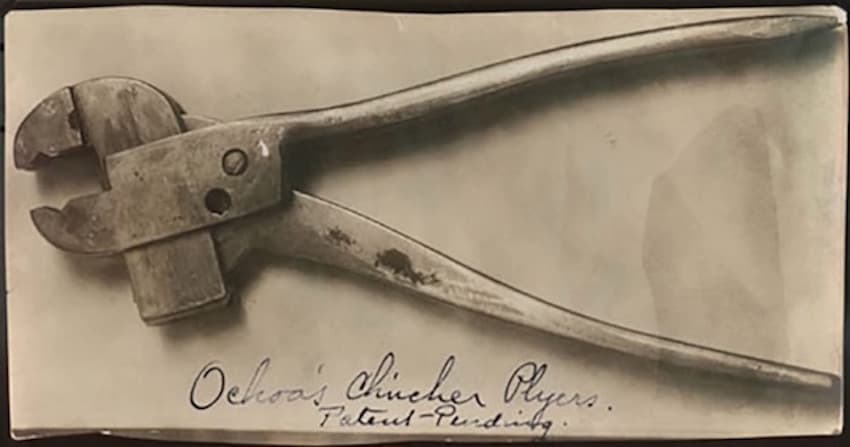
After his release, Ochoa spread rumors of his own death to throw off bounty hunters and settled down with his family in New Jersey to begin transforming his sketches into actual inventions.
Among them were an adjustable wrench which he called “clincher plyers”; the reversible motor; a magnetic brake for streetcars, which he sold to the American Brake Company; a fountain pen design, which he sold to the Waterman Company; and a pen design featuring a pocket clip that he sold to the American Pen and Pencil Company. The windmill he designed created enough electricity to light a house.
But the star of his inventions was one of the earliest aircraft prototypes, what he called a collapsible monoplane, or the Ochoa Plane — a glider with folding wings that he mounted on two bicycle frames. To develop his inventions, Ochoa founded the International Airship Company and the Ochoa Tool & Machine Company.
On February 15, 1906, years after his release from prison, his friend U.S. President Theodore Roosevelt granted his application for a pardon and restored his American citizenship. Ochoa continued to monitor political developments in Mexico from New Jersey. One day, however, he suddenly disappeared, leaving behind his inventions.
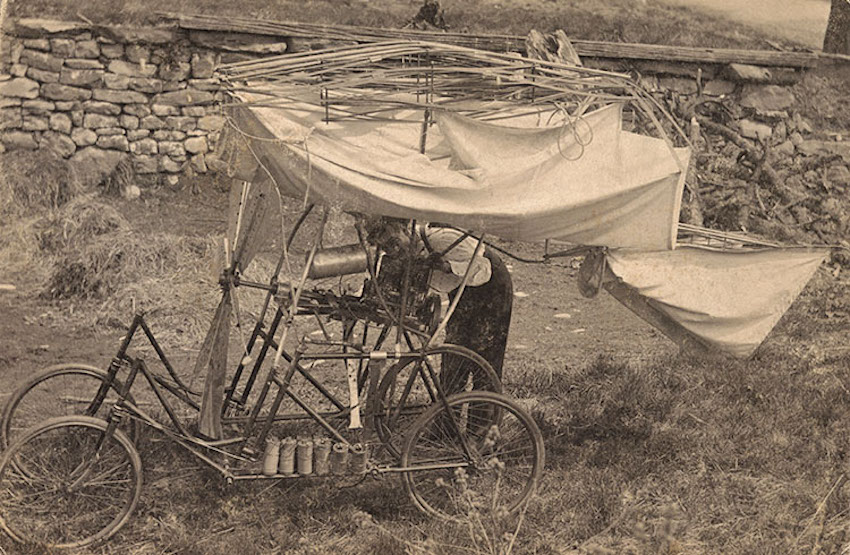
He had returned to El Paso to continue his political activities, combining them with journalism; he founded two newspapers, El Hispano-Americano and El Correo del Bravo. Documents from the archives at the National Museum of American History at the Smithsonian show that Ochoa was incarcerated again at the United States Penitentiary in Leavenworth, Kansas, on February 18, 1917, and released on May 1, 1918.
While in Leavenworth, Ochoa continued to market his inventions, even writing the Navy to suggest that they use his Ornithopter as a prototype for designing airplanes.
Ochoa was also a miner, acquiring two gold mines in Sonora. He went into a business partnership on the mines with two men who offered to help him enlarge his gold mine production. They later double-crossed him, stealing all his gold and horses and leaving him to die in the desert.
According to interviews given by his son Stephen Ochoa, in 1936, his father was walking down the street in El Paso with the police chief when he saw his two former business partners coming toward him; they drew their guns. Ochoa was unarmed but grabbed the chief’s gun and killed them both.
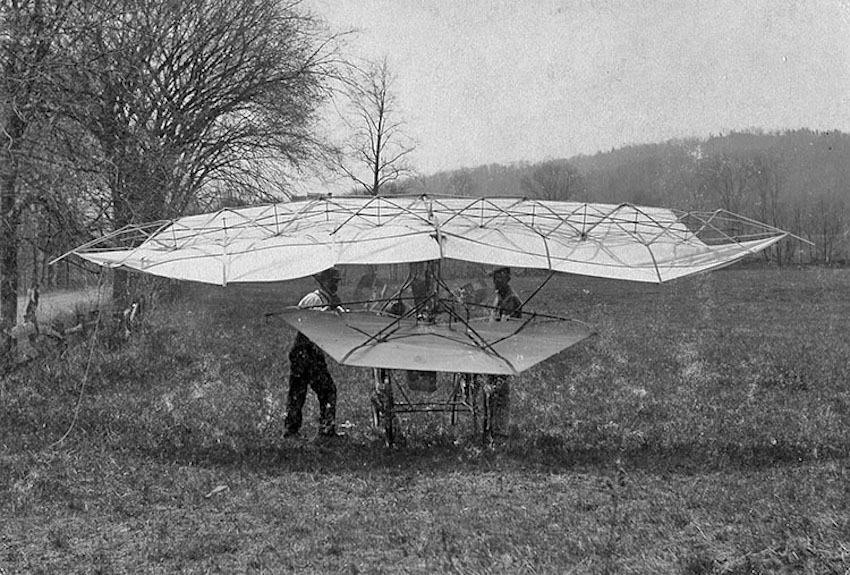
Ochoa was once again brought before a judge, who determined that the shootings were justified but told Ochoa that given that the two dead men were from influential families, it might be best if Ochoa returned to Mexico. Ochoa took the judge’s advice and moved to Sonora in 1936.
Between 1901 and 1922, Ochoa was a prodigious inventor, even while leading an uprising, evading the law and being incarcerated. In addition to his patents in the United States and Mexico, he received patents in nine other countries.
This remarkable man is believed to have died in 1945 in Sonora with his wife Amanda Cole — granddaughter of painter Thomas Cole, founder of the Hudson River School for artists — at his side.
Sheryl Losser is a former public relations executive and professional researcher. She spent 45 years in national politics in the United States. She moved to Mazatlán in 2021 and works part-time doing freelance research and writing.
